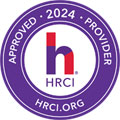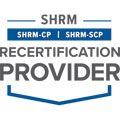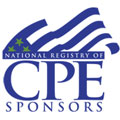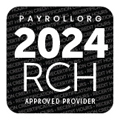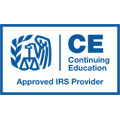
Utilizing HR Metrics to Illustrate & Enhance Human Resource's Contribution
| Duration: 60 minutes | Speaker: Pete Tosh |
This webinar has been cancelled.
Instead you can opt for "Utilizing HR Metrics to Illustrate & Enhance HR's Contribution".
Event Calendar
